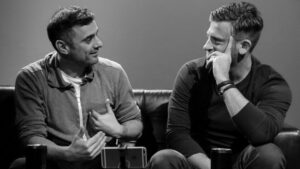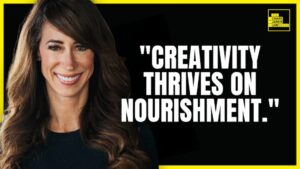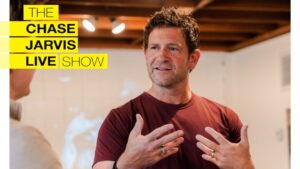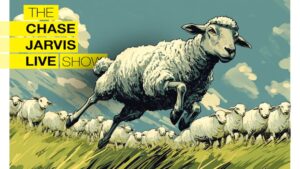Are some people just born creative, or is creativity something that can be learned?
Check this out: in 1968, George Land developed a creativity test for NASA to help them select innovative engineers and scientists. He then used the same test to assess the creativity of 1,600 Head Start program kids, and tested them again at ages 10 and 15. The results? Among 5-year-olds, 98% showed high levels of creativity. But by age 15, that number had dropped to just 12%. And among adults? Only 2% scored as highly creative. But here’s the kicker: George Land discovered that it wasn’t creativity that was a learned behavior, but non-creative.
Let that sink in.
We are all creative. Picasso famously said, “Every child is an artist, the problem is staying an artist when you grow up”. So, what happens to our creativity?
Many of us struggle with feeling like we are not creative or that we lack creative talent. Often, this is due to the messages we received about our abilities and creativity when we were younger. These messages can come from parents, teachers, peers, or even from society as a whole. They can be subtle or overt, but their effects can be profound and long-lasting.
For example, a child might be told that they are not artistic or that they are not smart enough to pursue a certain career. These kinds of messages can limit our thinking and prevent us from exploring our full potential. Similarly, social norms and expectations can put us in a box and make us feel like we have to conform to a certain image or role. All of these factors can stifle creativity and prevent us from thinking outside the box.
The problem is that experience after experience builds a narrative that we now believe in adulthood. When we internalize the messages we receive about our abilities and creativity, we create limiting beliefs that can hold us back from our full potential.
Unwinding False Narratives
So, how can we overcome these false narratives and tap into our full creative potential? One way is to challenge our limiting beliefs and replace them with more positive and empowering ones. This can involve examining the messages we received about our abilities and creativity when we were younger, and questioning whether these messages are still serving us. It can also involve taking a close look at the stories we tell ourselves about our abilities and creativity, and challenging those narratives with evidence that contradicts them.
Tony Robbins outlines a 4-step process to overcoming limiting beliefs:
- Identify Your Limiting Beliefs: Recognize and acknowledge the limiting beliefs that arise in response to challenges or obstacles. Pay attention to your thoughts and write them down to better understand their impact on your life.
- Take Responsibility: Understand that you have the power to change your limiting beliefs. Accept responsibility for the role they play in your life, and recognize that you have the ability to transform them into empowering beliefs.
- Let Go of Certainty: Release your attachment to your limiting beliefs by understanding that they may not be accurate or helpful. Be open to questioning them and consider alternative perspectives that could support your personal growth and goals.
- Change Your Self-Talk: Replace your limiting beliefs with new, empowering beliefs that align with your desired outcomes. Adjust your internal dialogue to reflect these positive beliefs, and practice using affirmations and visualization to reinforce them in your daily life.
Another helpful strategy is to surround ourselves with people who encourage and support our creative pursuits, and who help us to see our potential. If you’re listening to this podcast, you’re already well on your way. You can also join a creative community or taking a class in something we’ve always been interested in. It might also mean seeking out mentors or role models who can inspire us and help us to see what’s possible.
Get Stronger, Flex Your Creative Muscle
Creativity is as essential to health and well-being as exercise, proper nutrition, and mindfulness. Only with this potent energy unleashed will you be capable of living your life to its fullest.
The core principles of a stable creative mindset are:
You are a creative person.
The world is abundant and full of possibilities.
Your situation can always be changed.
You can use your creativity to create the change you seek.
Creativity is natural and healthy but requires practice.
Creativity is ultimate personal power.
Creativity is a muscle. Changing your mindset requires the consistent effort of putting this set of beliefs to work. Only when you commit to your own creative development will your old ideas about talent and destiny start to melt away. The stronger your creative muscles get, the deeper and richer your work—and, by extension, your life—will become. Working through creative obstacles and across a range of conditions teaches us that nothing can truly get in the way of our creativity unless we let it.
Enjoy!





















